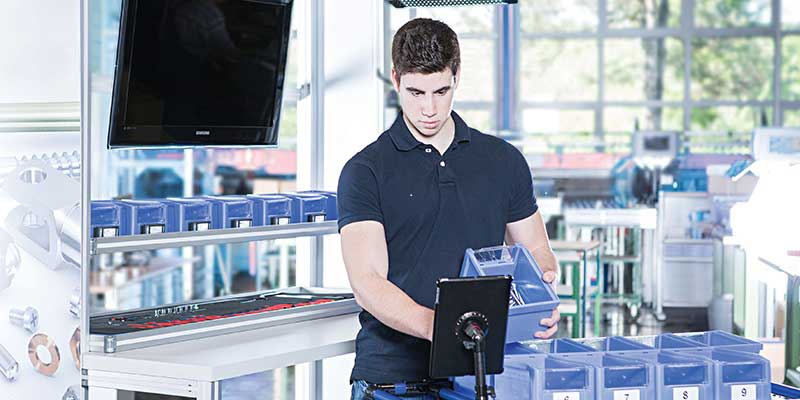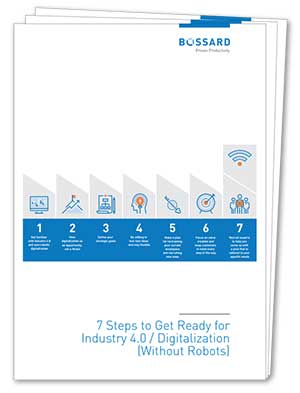Getting Familiar with Industry 4.0 and Non-Robotic Digitalization

What is Industry 4.0?
First, a little history. The first industrial revolution brought us steam power and early factory machines. The second brought us assembly lines, electricity, and mass production. The third industrial revolution was when computers and early forms of automation became commonplace in industry. Now, the fourth revolution—Industry 4.0— is here, and it’s bringing us unprecedented levels of automation thanks to the integration of robotics, machine learning algorithms, and the Internet of Things. Humans are still an important part of industry, but we’re now able to outsource even the most complex tasks to machines. Industry 4.0 is skyrocketing us to another level of potential.
Has Industry 4.0 reached your organization?
Not all factories are considered Industry 4.0 at this point, but things are moving in that direction. According to Forbes, these are the four things that determine whether a factory has joined the fourth Industrial Revolution:
- Does your factory use machines, devices, sensors, and people that all connect and communicate with one another? In other words, are you taking advantage of interoperability methods?
- Do you have systems that create a virtual copy of the physical world through sensor data to contextualize information? In other words, do you have information transparency?
- Do you have systems that support staff in decision-making and problem-solving, and do your machines assist people with tasks that are too difficult or dangerous for humans? In other words, do you use technical assistance?
- Do you have cyber-physical systems with the ability to make simple decisions and become automous (or nearly so)? In other words, do you utilize decentralized decision-making?
If you answered yes to any of these questions, your organization is taking part in Industry 4.0! If you answered yes to all of them, congratulations: you’re on the forefront of modern industry.
What is digitalization?
Digitalization refers to:
- Enabling, improving, and transforming your operations and manufacturing processes
- Leveraging digital technologies and taking advantage of digitized data
- Integrating manufacturing processes with the Internet of Things (IoT)
- Taking advantage of any opportunities brought to us by ever-expanding digital technologies
Digitalization doesn’t always mean robots
When many people think of digitalization, they think about robots. They think that their factory can’t be digitalized because they don’t want to, or cannot, overhaul their manufacturing process to include expensive robotics systems. They don’t want to lose any employees to automation, either.
Good news: digitalization without robots is possible. See the definition above? It doesn’t say anything about robots! There are many ways to enable, improve, and transform your operations and manufacturing processes without robotics. Non-robotic digitalization is often cheaper and easier to implement, but it can be tremendously successful all the same.
Bossard is committed to ushering companies into Industry 4.0 with non-robotic digitalization. Nothing against robots, but they’re not for everyone. There are simpler, lower-cost ways to digitalize that are just as effective. Learn more about 7 Steps to Get Ready for Industry 4.0 / Digitalization (Without Robots).


